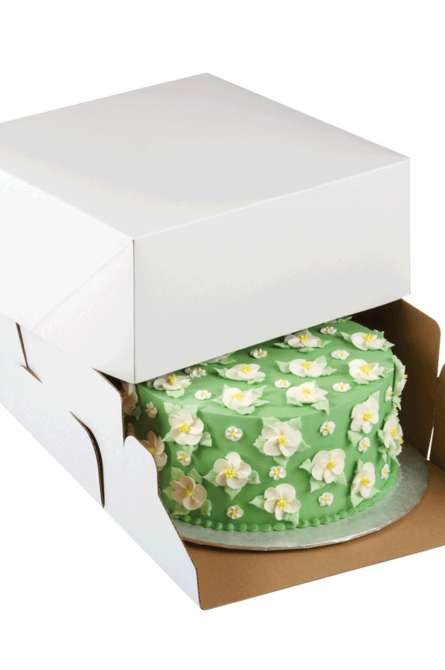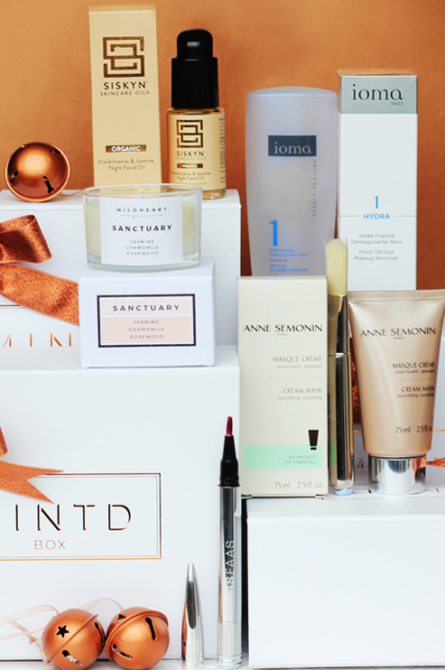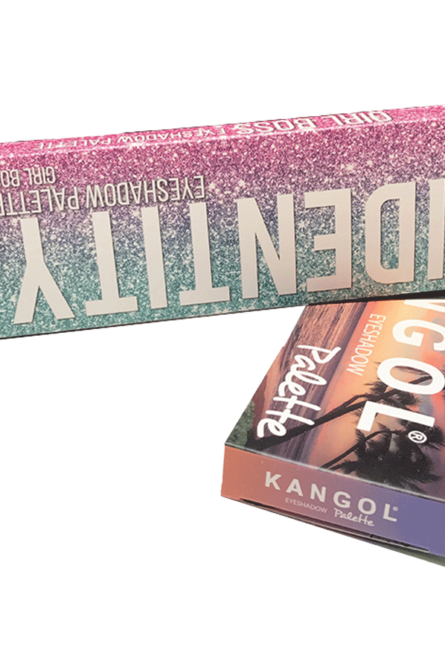21
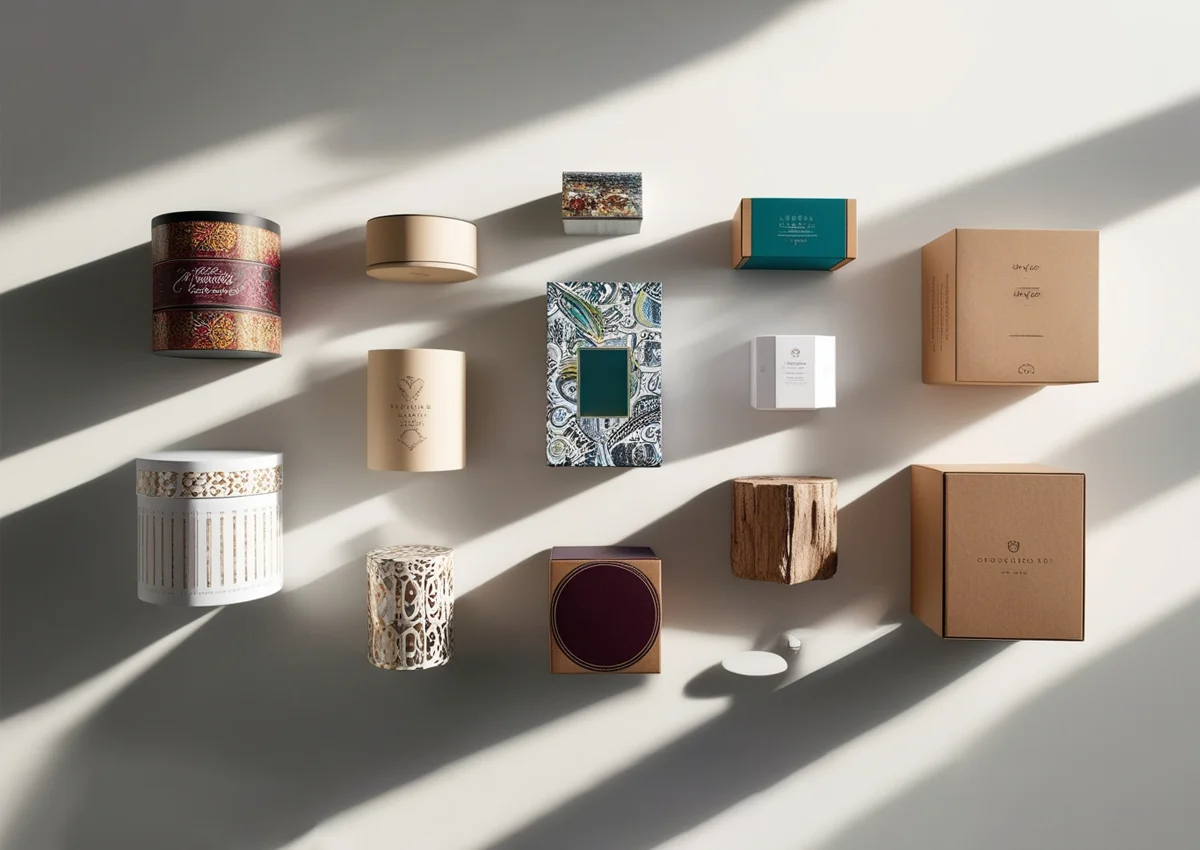
By: Harry Lee
Packaging is always a vital component of any successful product. It protects the product while in transportation and storage. Also, proper packaging makes the product look attractive to its customers. The right packaging material improves the experience that your customer will have with your product because it gives a good presentation and helps in branding. There are many types of packaging materials, each for specific use. What it is that you will whether it’s foodstuff, fragile items, or a new product-being at its best when it reaches its destination in safe condition, and making impressions even at first glance.
In this blog, we will explore the various packaging materials there are and their unique benefits.
Why Do Packaging Materials Matter?
Packaging isn’t only about protecting the product inside. Instead, it becomes a great marketing tool. The right packaging can attract, create a brand experience, and even influence a customer’s decision to buy.
A well-designed package is easily indicated to be of good quality by the product inside of it, thus building trust in your customers. Therefore, types of packaging materials are essential factors due to the protection that your product will enjoy while in transit or warehousing.
A material in packaging defines the safety of fragile items that need some cushioning material or food that needs freshness.
Types of Packaging Materials
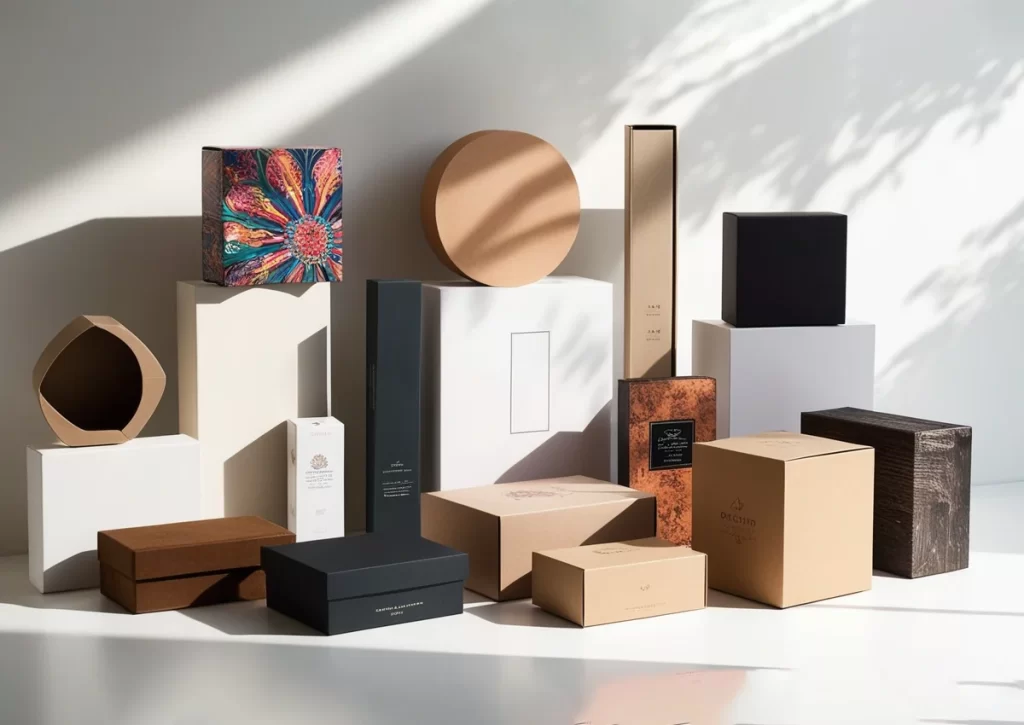
You need to choose categories of packaging carefully as it will serve the purpose of protection and also presentation. A major role of packaging is protection during transportation, storage, and handling.
Therefore, the higher the number of items that arrive in excellent condition, the better the chances are of fulfilling a customer’s expectations.
Packaging is also one of the first things that customers notice, which essentially makes it a crucial element of branding. A well-designed package safeguards the product inside it, but it also sends out a message about the brand’s promise and quality. Proper packaging, on the other hand, will help with any sustainability efforts, which is what many customers value today.
Ultimately, there are many types of packaging materials. It becomes a determining factor in sales as it is the material that forms the impression of the product in the perception of the customer, influences their decision to purchase, and even improves loyalty to the brand.
This will help in building a strong relationship with customers by providing appropriate packaging materials for such products, ensuring they look different from the rest in this highly competitive market.
- Paperboard Boxes
Paperboard is one of the lightweight yet versatile packaging of materials that comes from paper fibres. The material is very popular for various types of consumer products. cardboard packaging is best for different varieties of consumer products, as it can be moulded into wide shapes and sizes.
- Paperboard boxes are adopted for the packaging of lightweight products like books, CDs, DVDs, and small consumer goods. These are ideal products for retail and e-commerce applications.
- Paperboard boxes are lightweight and cheap but can be easily designed for stronger branding and more attractiveness to customers.
- These cardboard boxes are not moisture-proof. Thus, they will not be suitable for products that are expected to keep away moisture or water.Kraft Paper
Kraft paper is another excellent choice among the types of packaging materials. It is a tough, environmentally friendly material widely used in packaging because it retains a ‘natural look’ and strength. Being wood pulp, it is eco-friendly in its recyclability and without or minimal environmental impact that makes it quite popular for business when in aspect of sustainability.
Common Uses: Kraft packaging is normally used for the packaging option that is environmentally friendly. It is normally used in making eco-friendly bags, boxes, and wrapping paper. It is common for food packaging and crafts.
Benefits: Kraft paper is inexpensive and recyclable; it is a very earth-friendly choice for a company that wants to look good in reducing its environmental impact.
Limitation: Kraft paper is very sturdy but does not provide shock-absorbing or moisture-resisting properties; thus, fragile items may not be adequately protected during shipping.
- Corrugated Fiberboard
Such fiberboards consist of layers of paper that are corrugated. This makes it very robust in protecting objects from damage caused by shipping. You may struggle between different types of materials like cardboard or corrugated. It can protect fragile products as well as safeguard goods from being damaged due to rough handling during transportation.
Common usage is shipping larger or fragile items like electronics, mirrors, and glass products so that they do not get damaged during transportation.
Benefits: Highly durable, corrugated fiberboard offers excellent cushioning efficiency through protection against impact, compression, and rough handling in shipping, thus ensuring safe delivery.
Limitations: Corrugated fiberboard is expensive as compared to simple materials like kraft paper and therefore it was not the cheapest option for all goods.
- Rigid Boxes
If you want to look for premium types of packaging materials, then Rigid boxes are the best. It is heavyweight, rigid custom packaging mainly used for luxury products. Rigid packaging makes the boxes particularly suitable for high-end goods, electronics, and gifts, as they present an expensive look along with robust protection. This type of rigid form makes the boxes an excellent option for those products that need to be presented in an upscale manner.
Common Uses: Rigid boxes are used for luxury items, high-end gifts, electronic devices, and premium products, offering a sophisticated upscale presentation.
Benefits: The rigid boxes are extremely strong, sturdy, and durable, thus providing a far better aesthetic value to the product. Its robust structure ensures the safety and presentation of products on an attractive scale.
Limitations: The rigid boxes are more costly to manufacture and take a longer time to produce as well. Their cushioning and moisture protection features are absent; hence, fragile items require extra padding.
- Aluminium Foil
Among the most versatile materials used in food packaging, aluminium foil forms a protective barrier against light, air, and moisture. It is one of the more luxurious types of packaging materials. This can be very useful when it comes to keeping food fresh and, therefore, gets used much in baking and the preservation of food.
Common Uses: An aluminium foil is commonly applied in the process of packaging food especially its use in baking, preservation of freshness, and wrapping of foods, such as leftovers or snacks.
Benefits: It is flexible, non-stick, and a good impermeable barrier to light, air, and moisture, making it suited for storing food.
Limitations: Aluminium foil protects food well from the air and moisture but is not resistant to wet conditions and can quickly be torn.
- Foam Packaging
Most foam packaging is produced using polystyrene or polyurethane, and it is primarily used for packaging more fragile products which require additional protection. Generally, this type of packaging is excellent for items that need shock absorption when shipping.
Examples of Common Use: Foam packaging can be used for fragile items such as electronics, glassware, or other sensitive products that require extra protection during shipping.
Benefits: It offers good shock absorption and cushioning so that the delicate articles do not get broken while in transport and handling.
Limitations: Foam packaging is not biodegradable, so it has environmental disadvantages. It also tends to be quite bulk, consuming additional space while shipping.
- Mylar Bags
Mylar packaging bag is the most exclusive types of packaging materials. These are the Mylar bags, made from a type of polyester film, which is very resistant to moisture, light, and air. It is widely used in food preservation and other related uses where the product integrity has to be maintained for a long period.
- Common Uses: The bags are used as food storage; most of them have been used in storing food, especially for long-term storage. They are also widely used for packaging clothes and electronics.
- Benefits: Mylar bags show excellent moisture, air, and light resistance, so they seal food and other sensitive items very well from moisture, air, and light.
- Limitations: Very effective in preserving contents, although not so tough as other packaging materials; even sealed, it would be quite difficult to reseal after being opened.
For every material, there are inherent characteristics that make it unique and; therefore, suitable for certain specific packaging needs. Understanding such qualities will enable businesses to better select a more appropriate effective material for protection. paper seed boxes are another excellent option for the presentation and environmental considerations of their product.
How to Choose the Right Packaging Materials?
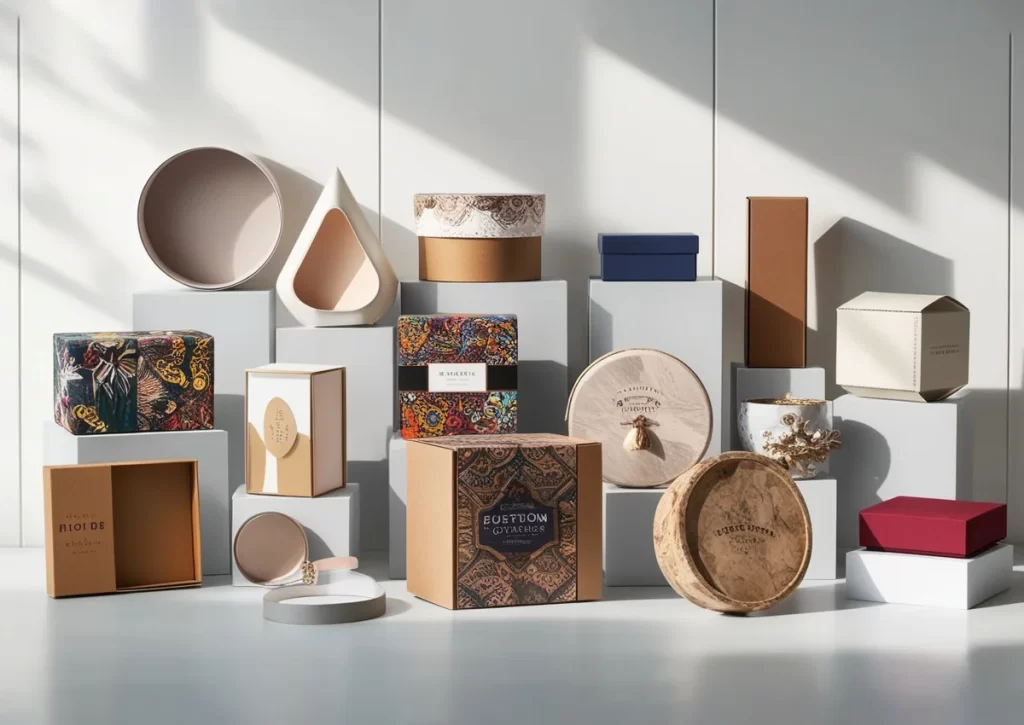
You need to keep the following tips in mind when choosing the right types of packaging materials:
- Nature and Size of Product
- Delicacy
- Distance of Shipping
- Sustainability
- Cost vs. Durability
- Environmental Impact
Conclusion:
Proper packaging ensures protection for the products, enhances brand strength, and meets the needs of sustainability. You should have a basic understanding of all the types of packaging materials to choose the best. For more information on packaging materials and trends, just keep reading the blogs at Packaging Bee UK!



